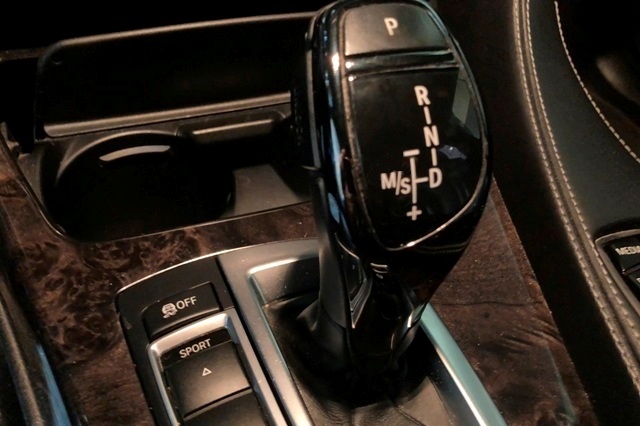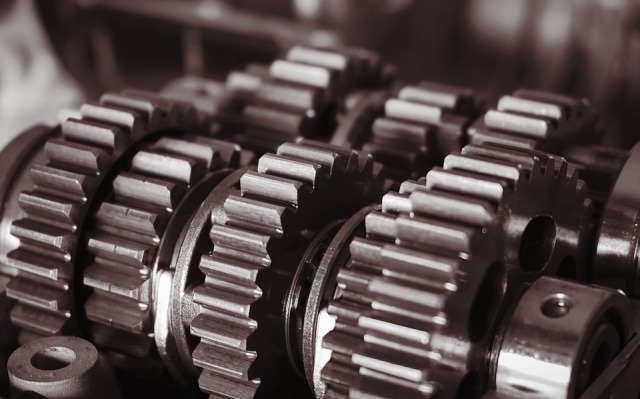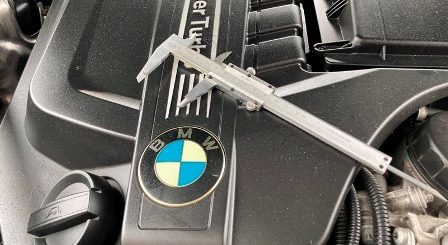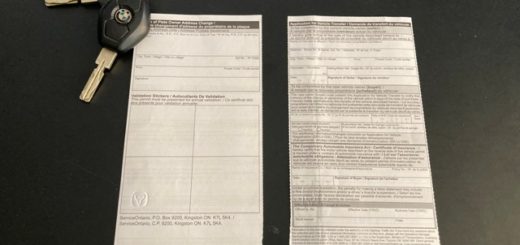CVT Transmission vs Automatic Transmission
Used Cars: CVT Transmission vs Automatic
Manual transmission is most reliable transmission, is very light and requires little maintenance, has highest fuel economy and maximum control over the vehicle. But since almost no one bothers to learn driving manual cars anymore, lets start with automatic transmission.
How Automatic Transmission Works
AT was introduced for passenger cars in mid 1930s when GM built a passenger car with automatic transmission, the Hydra-Matic transmission. Prior to that every car had a manual transmission and everyone knew how to drive a car.
Automatic transmission uses hydraulic power to shift a set of gears based on engine power. A torque converter transfers power from engine to transmission using hydraulic power.
A set of gears and clutches inside automatic transmission case, change the ratio between engine speed and wheels. Gears are set up from low to high, as engine power increases transmission will automatically shift to higher gears. Same as shifting gears when driving a manual transmission car, but automatic transmission does the shifting instead of driver.
1) Maintenance
Automatic transmission maintenance is simple, relatively cheap, with long maintenance intervals. Maintenance consists on only changing transmission fluid and filter (if equipped) every 60,000km or so.
However, people usually completely neglect automatic transmission maintenance, shortening lifespan of their cars transmission and in most cases lifespan of their car. Details on: Lifetime Transmission Fluid and Maintenance.

2) Reliability
Traditional automatic transmissions are proven for their reliability and long operating life. Generally, an automatic transmission should last at least 200,000km, if properly maintained. Failure to change transmission fluid at recommended intervals will most certainly lead to premature wear and shorten lifespan of automatic transmission.
How CVT Transmission Works
CVT stands for Continuously Variable Transmission. Concept of CVT is very old. There is a drawing from Leonardo da Vinci of a CVT like device designed over 500 years ago. First patent for a proper CVT transmission was filed by Daimler Benz in late 1890.
CVT was not used for half a century, car manufacturers preferring to utilize manual and automatic transmissions. Fist production car with CVT transmission was built in 1958 by DAF in Holland, DAF 600.
CVT started to become popular in 1980s when Subaru started producing cars with CVT transmissions. Nissan followed a few years later. In recent years all car manufacturer have been using CVT transmission on volume production cars.
CVT transmission does not have a fixed number of gears as automatic transmission does. CVT shifts thru a high range of gear ratios using a pulley system and a belt like chain. Drive pulleys are coned shaped and gear ratios are created by changing diameter of cones. Drive pulley or drive cone is connected to torque converter (engine) while driven pulley is connected to a set of gears transmitting power to vehicle wheels.
Details on “How CVT Works”.
Advantages and Disadvantages of CVT Transmission
Advantages of CVT
1- Weight
CVT transmission is lighter and smaller that automatic transmission. Small size and weight make CVT transmission ideal for use on small economical vehicles and hybrids. It also allows car manufactures to reduce production times and costs of new vehicles. Use of an input and output shafts instead of gears and clutches on CVT transmission reduces weight and complexity.
2- Fuel Efficiency
High gear ratios or endless gear ratios of CVT system make it more fuel efficient than automatic transmission counterpart. Lower weight and small size also helps on increasing fuel efficiency. CVT does not need to up-shift or downshift gears, it will move seamlessly which in turn raises fuel efficiency as transfer of power is done smoothly.
3- Operation
CVT has a very smooth operation as there are no gears to shift. Car will move smoothly without gear jerking or shifting. Since it has no gear to choose and shift, CVT will operate smoothly in all road conditions. CVT has a limitless number of gears. Typically, more gears will enhance engine power and vehicle drivability will be at peak performance.
4- Simplicity
CVT transmissions are very simple, especially when compared to automatic transmissions with dozens of gears and clutch plates. Simplicity makes CVT transmission cheaper to produce and reduces overall costs of new cars. CVT operate using a belt or chain with very few gears reducing moving parts to a minimum.

Disadvantages of CVT
1. CVT Torque and Power
Biggest disadvantage is torque. CVT is very good at highway or city driving, improving fuel economy and smooth to drive but lacks in torque transfer. It’s very hard to transfer large amount of torque using a chain/belt on pulleys system.
If too much torque is applied on chain/belt system, chain/belt might slip or break. In that case transmission is gone. That’s why CVT is used exclusively in passenger cars and light duty SUVs. Sports cars, off-road vehicles and pickup trucks use traditional automatic transmissions.
2. CVT Maintenance
CVT maintenance is similar to automatic transmission. Apart from transmission fluid changes there is nothing else to do. CVT transmission fluid is different from ATF fluid used on automatic transmissions.
CVT fluid should be changed based on manufacturer recommendation but usually it’s about 60,000km. Fluid changes on CVT are more frequent than on automatic transmissions. Failure to change fluid based on manufacturer recommendation will lead to premature wear of CVT transmission.
3. CVT Reliability
Reliability has been the biggest drawback of CVT transmissions. CVT transmission are new to automotive application and reliably has been a problem, with transmissions failing under 100k km.
Automatic transmissions are proven to be more reliable with a longer lifespan than CVT, at least as of now. However, properly maintenance should increase CVT transmissions lifespan.
There have been problems with early models CVT reliability, but CVT should be getting better as time passes. Some brands still have problems with their CVT transmissions failing prematurely, even within warranty period.
Most new cars and small/midsize SUV in last few years are equipped with CVT transmissions (cheaper to build). Maintenance of CVT is paramount if you want your vehicle to last longer than 100k km. Some car manufacturer even suggest their CVT transmission fluid is lifetime and does not replacement. This is to be taken with a grain of salt, a big grain of salt.
Lifetime for manufacturers means warranty period, what happens latter it is not their problem, it becomes owners problem. Do not neglect, change CVT transmission fluid every 50k km or 2 years to ensure a longer CVT transmission lifespan.
However, as time passes and manufacturers gain more experience, CVT transmissions reliability should improve…(maybe).
(If you are also looking for a fast and easy solution to sell your car, more here on “How To Sell Your Car Fast In Ontario” )
Comments: If you have any question or suggestions related to this post or Used Car Toronto in general, don’t hesitate to use comment section below.












